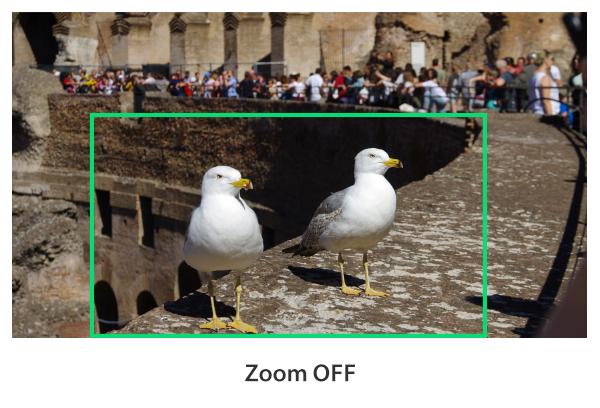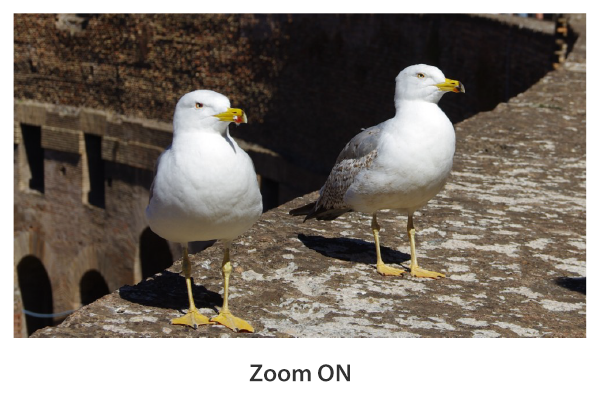

Supports 3G-SDI Level A/B input.
Red and Green channels are not used and only Blue or Monochrome channel is used to display the screen. This function is used to adjust the color tones (tones and saturation) of the screen using the SMPTE Color Bar. For example, after displaying the Blue channel, adjust the Color (or Saturation) and Tint (or Hue) so that the original Magenta and Cyan are of the same brightness, and the original Gray and Blue are of the same brightness.

Closed caption.
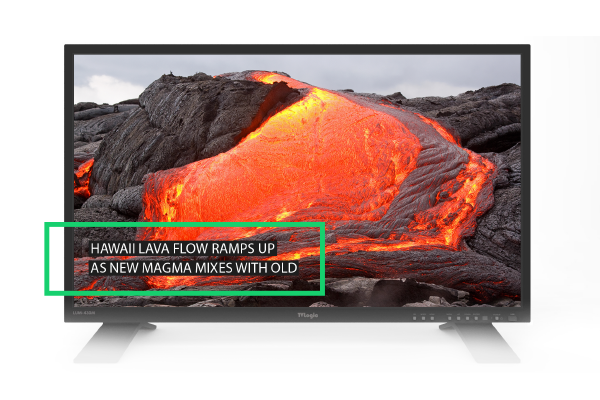
Assigns a color to the pixels on the boundaries of the image to inform the user to achieve the best focus. With this function, user can easily differentiate the focused area from out-focused area especially when shooting with a shallow depth of field.
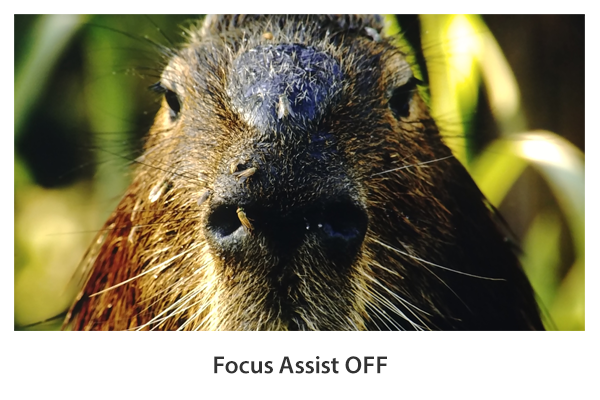
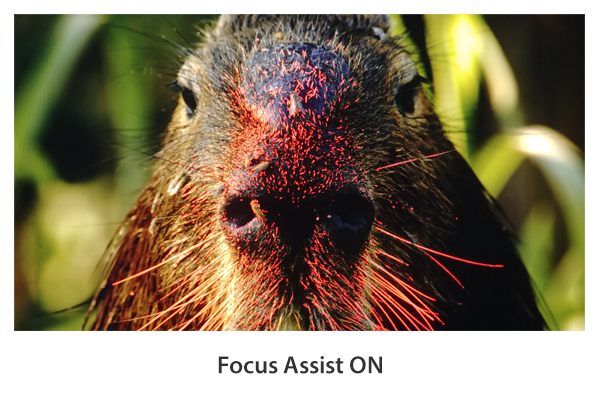
Allows you to check the Blanking area and synchronize signals by displaying the horizontal and vertical intervals in the center of the screen.
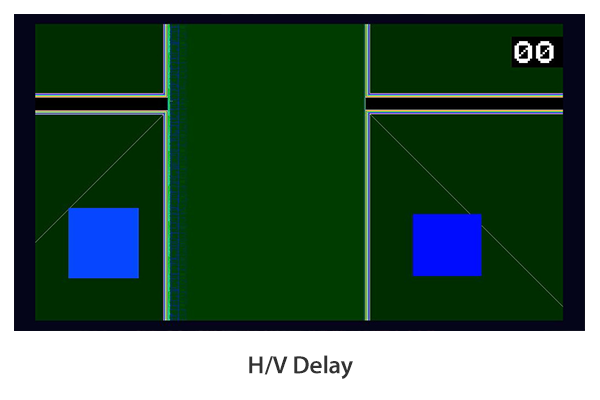
Displays the Luma(Y’) level of the input image in colors. Each pixel’s Y’ analyzed and changed to a certain color or zebra pattern according to the Index on the right side of the screen.

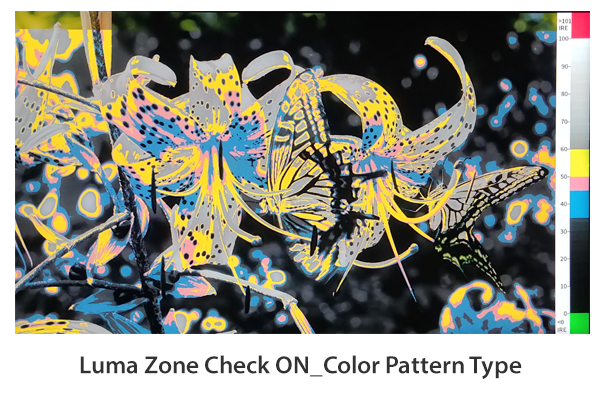

Support displaying multiple inputs on the screen at the same time.
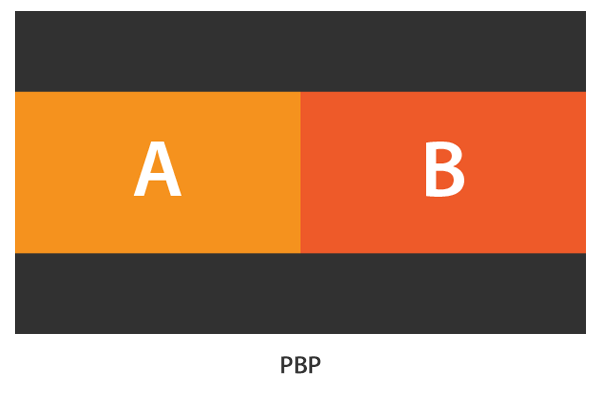
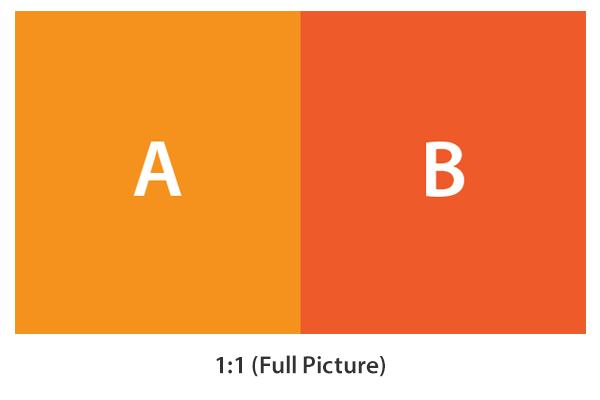

Analyzes the input signal’s Luma (Y’) and chroma (C’) information. If the input signal exceeds the designated minimum and maximum values, the pixel will blink. This function allows for the user to easily identify any issues with exposure.

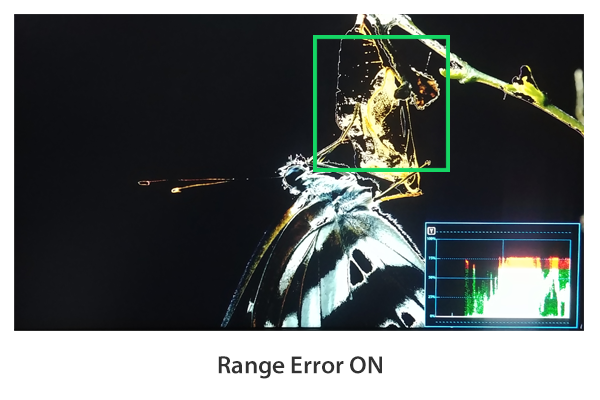
Displays the Timecode information on the screen.
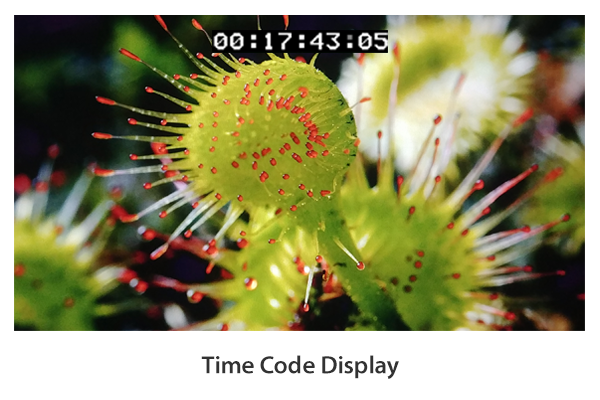
Displays user customized 8 characters or source ID or Tally signal of Ancillary (ANC) data on the screen.

Adjusts the Width /Height display ratio.
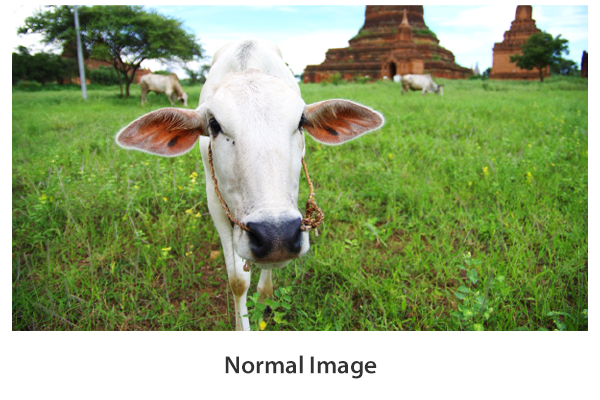
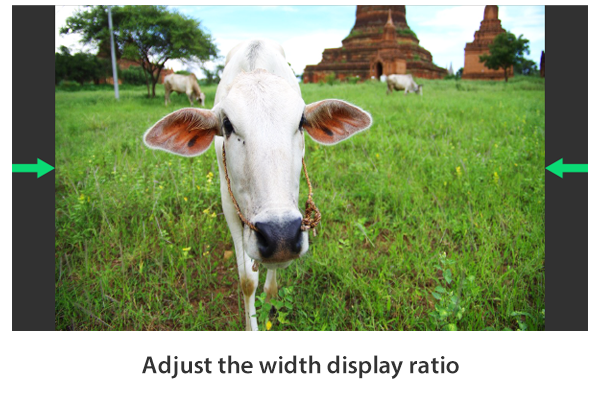
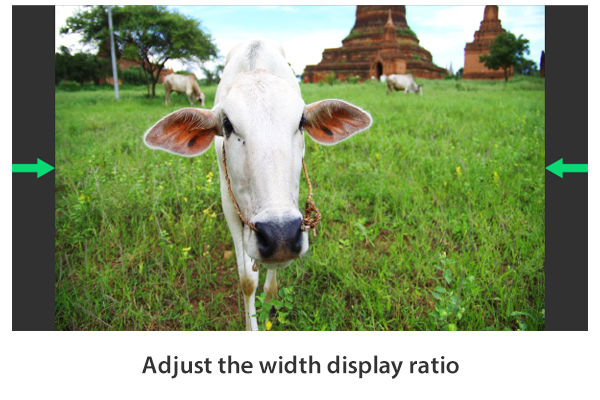
Controls the size of the image. Overscan: Extra area around the four edges of the image that may not be seen reliably by the viewer. Underscan: Constrains the size of the image so the monitor shows everything the camera is seeing. 1:1 pixel: Displays the original image resolution without scaling to match a certain resolution or an aspect ratio.
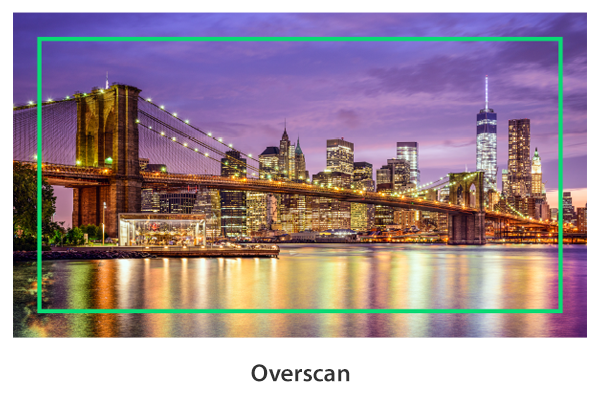

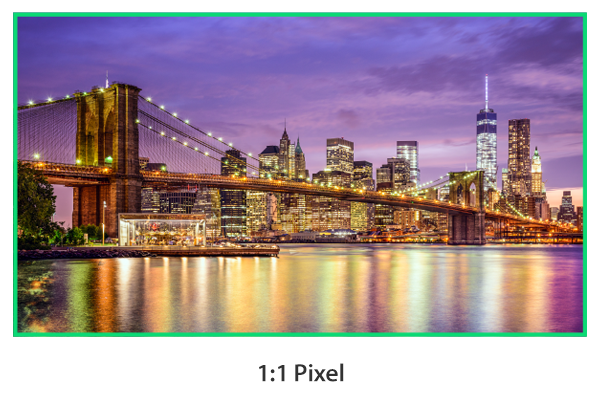
Magnifies the input signal from 0% to 90%.
